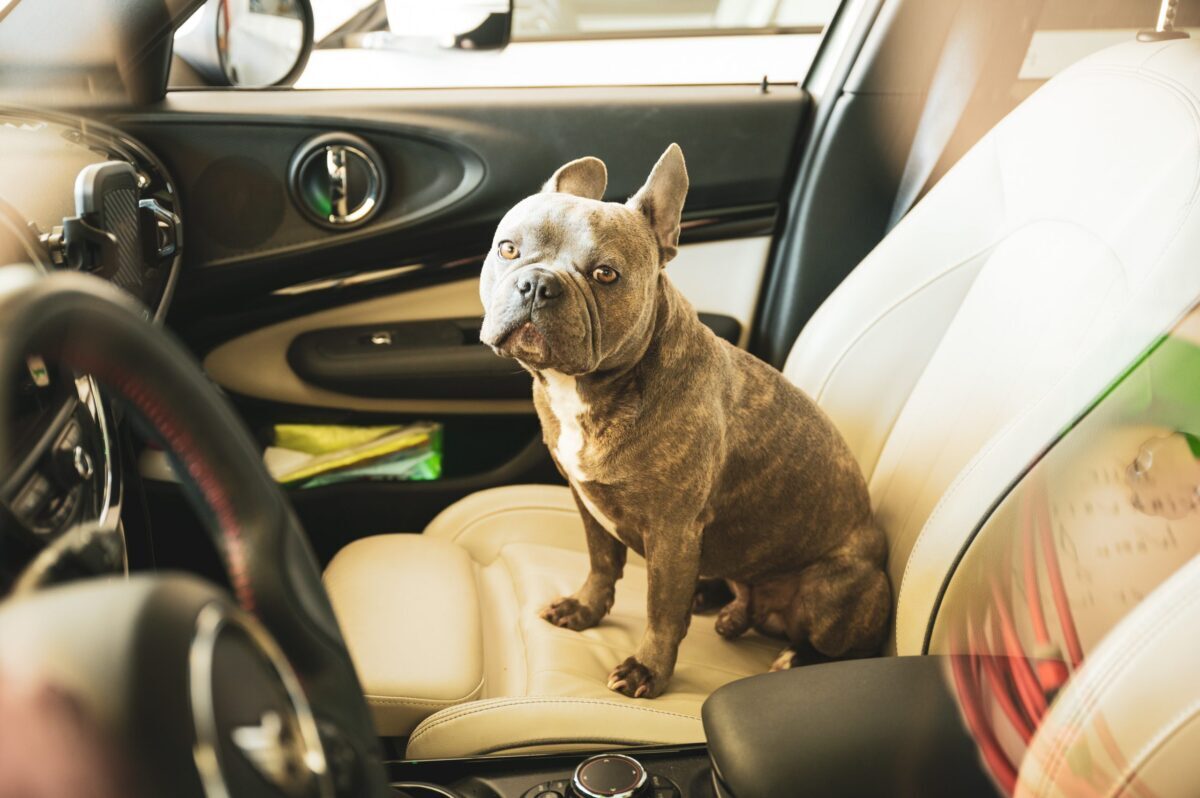 Shutterstock
Shutterstock
Many dogs love running free in open spaces, but not all dogs share that enthusiasm. For some, open areas can be anxiety-inducing, leaving their owners scratching their heads. The reasons for this behavior can range from past trauma to breed tendencies, and they can make outdoor adventures more challenging. Understanding the root causes of this discomfort can help owners create positive experiences for their dogs, allowing them to enjoy gradually and even love outdoor spaces. Here are seven reasons why some dogs can’t stand open spaces.
Fear of the Unknown
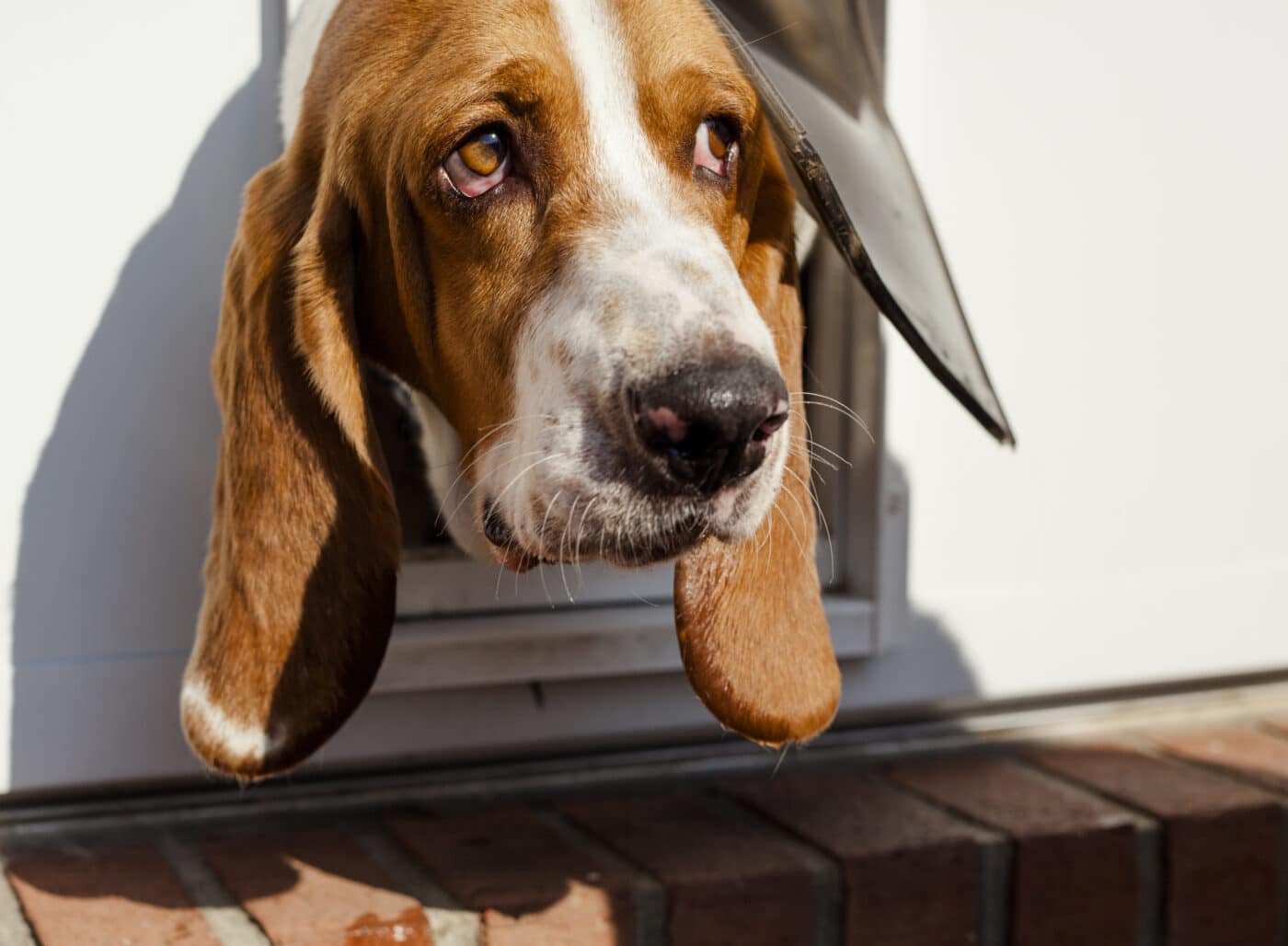 Shutterstock
Shutterstock
Dogs are creatures of habit, and when they’re in an unfamiliar environment, they can become fearful or anxious. Open spaces can feel vast and intimidating, with little to no familiar boundaries. Unlike a fenced backyard or a familiar walking route, open fields, beaches, or parks may seem disorienting to some dogs. The wide-open area removes the comfort of clear territorial markers, making them feel exposed and vulnerable. This lack of control over their surroundings can lead to hesitation, reluctance to move, or outright refusal to explore. This instinctual wariness can be particularly strong in dogs that are used to smaller, more confined spaces.
Past Trauma or Negative Experiences
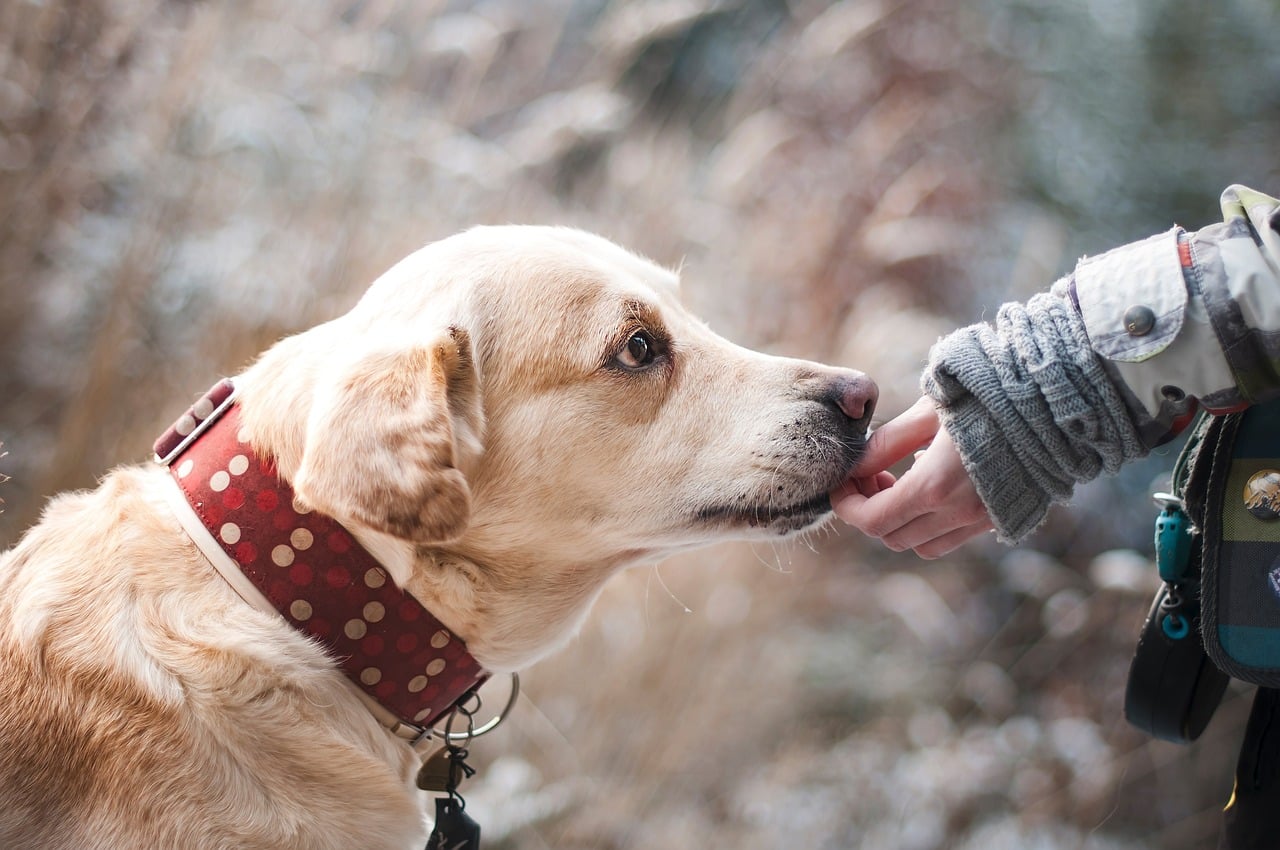 Shutterstock
Shutterstock
A dog’s reluctance to enjoy open spaces may stem from past trauma or negative experiences that have left emotional scars. Dogs that have been abandoned, abused, or left in open areas may have developed fear responses associated with wide, open spaces. They might recall feelings of isolation or fear that occurred during those traumatic times, making it difficult for them to trust such environments. Even if a dog’s traumatic experience happened years ago, the emotional memory can be triggered by certain open spaces, causing them to panic or avoid them altogether.
 Shutterstock
Shutterstock
Socialization is essential during a dog’s early developmental period. Dogs not exposed to various environments, people, and situations may struggle to feel comfortable in wide-open spaces. A lack of socialization during the critical window of 3 to 14 weeks can lead to an inability to adapt to new surroundings. Open fields, parks, and beaches may seem like overwhelming, unfamiliar terrain without proper exposure. This is especially true for dogs with limited experiences with other dogs or the outdoors. These pups may feel anxious, unsure, or uncomfortable in large, open areas due to inexperience and lack of confidence.
Overstimulation from Sights and Sounds
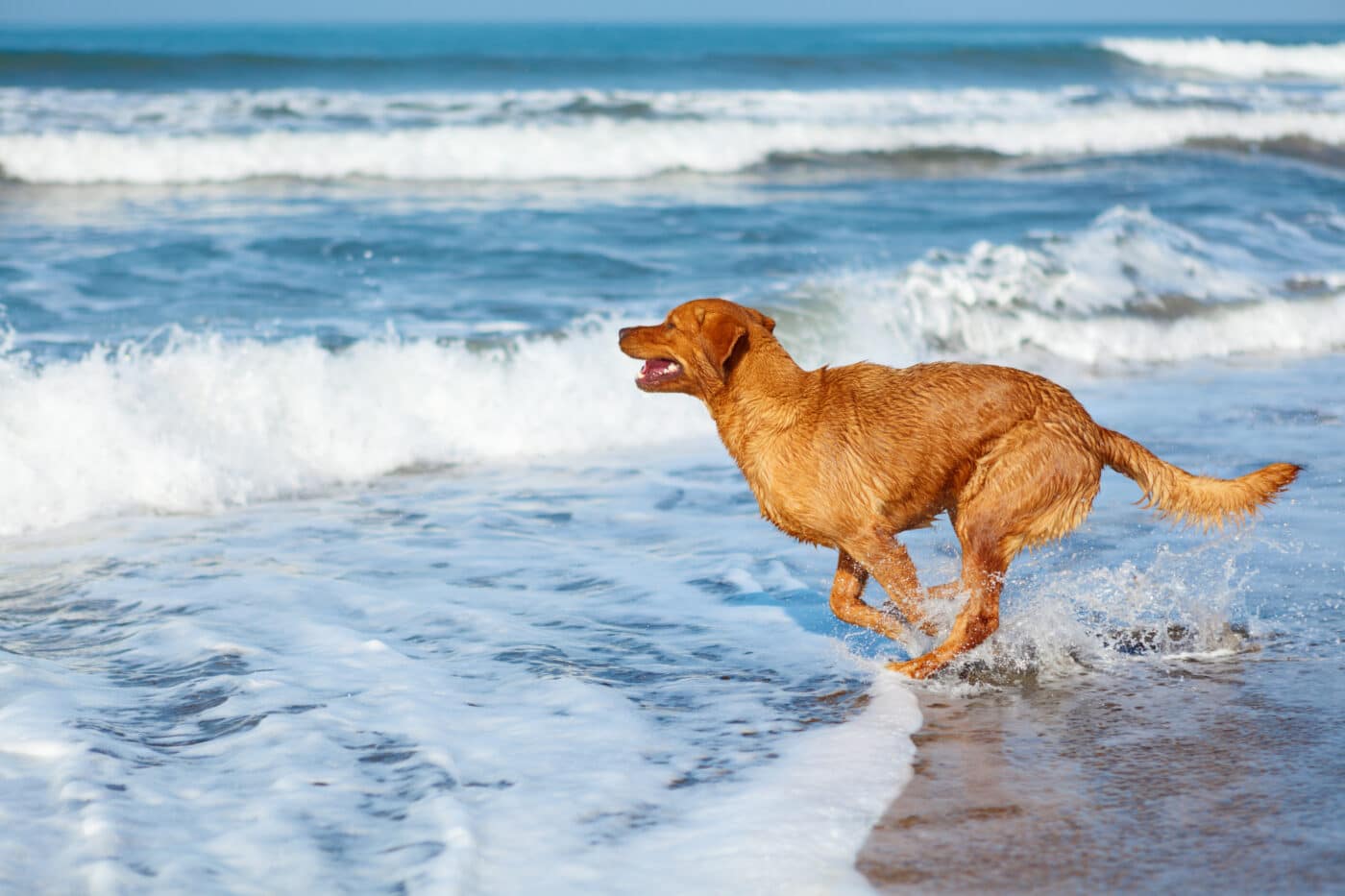 Shutterstock
Shutterstock
For some dogs, open spaces can be sensory overload. Wide-open areas, especially parks or beaches, are full of sights, sounds, and smells that can overwhelm a dog’s senses. The rush of unfamiliar scents, distant sounds like passing cars, or the sight of other animals and people moving around can be too much for sensitive dogs. Dogs with heightened senses, such as herding breeds or those with high prey drives, can become overstimulated by all the stimuli. They might become anxious, bark, or retreat into themselves to avoid the sensory overload. In these cases, dogs may not dislike the space itself but rather the intense sensory input it provides.
Genetic Tendencies or Breed Characteristics
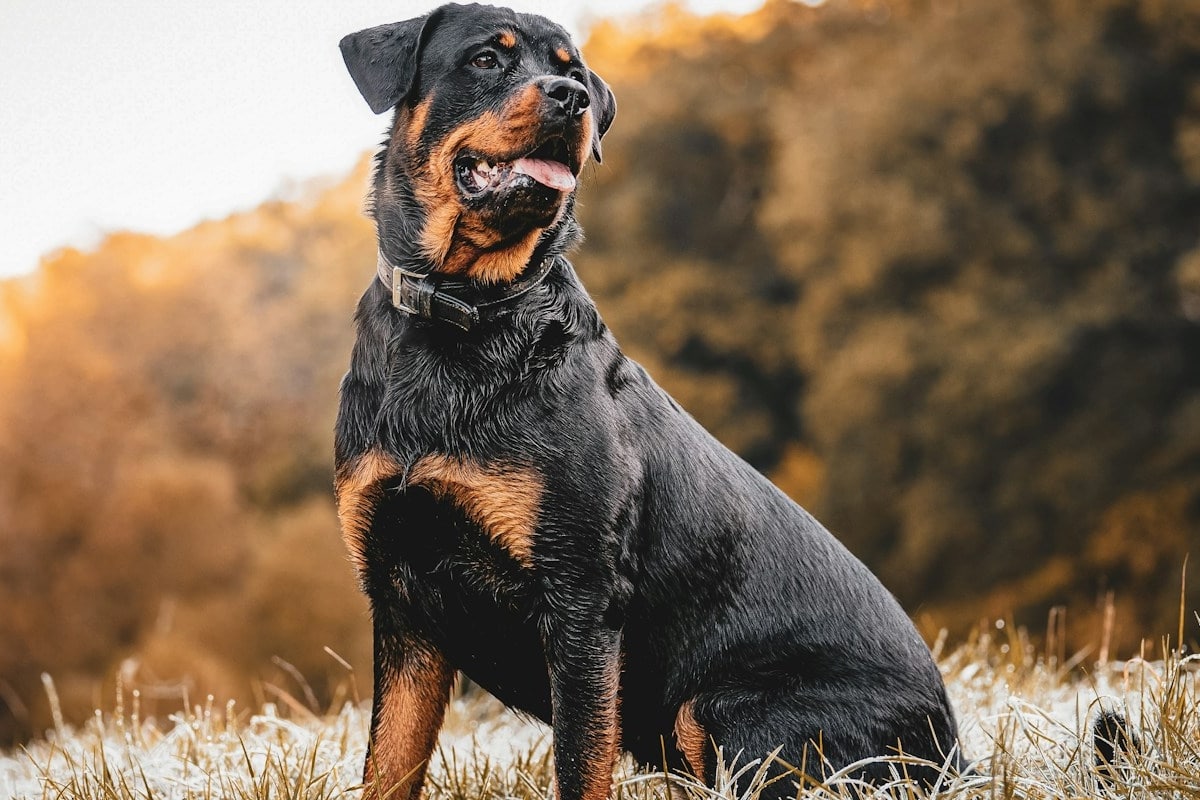 Shutterstock
Shutterstock
Certain breeds are genetically predisposed to be more cautious or reserved in unfamiliar environments. Dogs with strong guarding instincts or territorial behaviors may feel uncomfortable in open spaces because they don’t have the ability to monitor their surroundings as easily. Breeds like Rottweilers, Doberman Pinschers, and even certain terriers are often bred to be protective, and large, open spaces can make them feel vulnerable. These breeds are used to having clear boundaries and may find wide, open fields disconcerting because they can’t adequately “guard” or assess the area. Their natural instincts to protect may make them hesitant in situations where they feel they cannot monitor or control what is happening around them.
Separation Anxiety
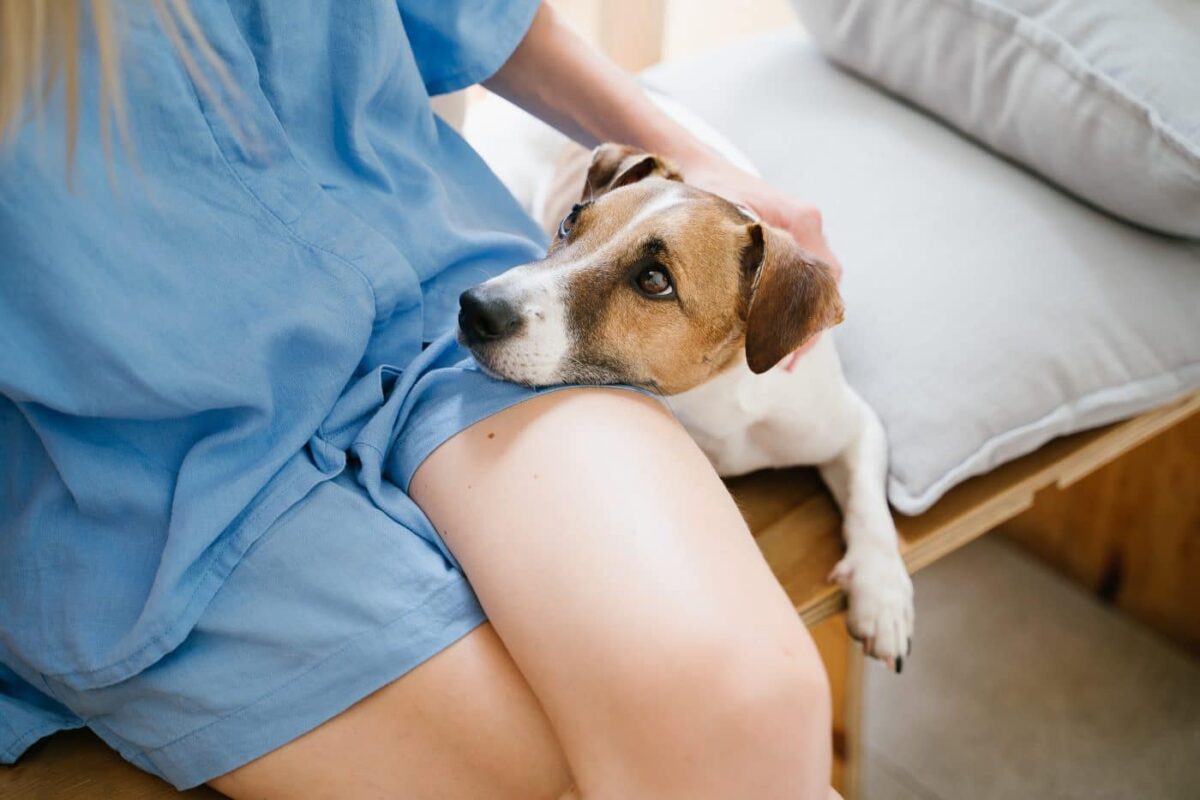 Shutterstock
Shutterstock
Some dogs with separation anxiety experience distress when they are in open spaces, especially if they are away from their owner. Dogs with separation anxiety are very bonded to their humans, and being in wide, open spaces without their person nearby can trigger feelings of panic and fear. The vastness of an open field or park can feel like a place where they might lose their owner, increasing their anxiety. In these cases, it’s not the open space itself but the fear of separation from their human that causes the problem. This makes them reluctant to venture into unfamiliar areas without the comfort of their owner nearby.
Discomfort with Terrain or Environment
 Shutterstock
Shutterstock
The unfamiliar terrain of open spaces can also be a deterrent for some dogs. Dogs that are used to walking on paved streets, concrete sidewalks, or grassy lawns may not be accustomed to navigating different surfaces such as sand, dirt, gravel, or uneven ground. This can cause physical discomfort, especially in older dogs or those with joint issues. Dogs may also be hesitant to walk through tall grass, puddles, or other terrain features that they find difficult to navigate. For these dogs, the open space may feel like a minefield of discomfort rather than a place to explore. This reluctance is often tied to a lack of experience with certain types of ground or environments.
The Dog’s Dilemma
 Shutterstock
Shutterstock
While many dogs love running and playing in open spaces, others find the vastness overwhelming. Understanding the reasons behind this discomfort is crucial to helping your dog feel more confident and at ease in these environments. With patience, gentle training, and positive reinforcement, many dogs can gradually learn to enjoy the outdoors and its freedom. Whether overcoming fear or building confidence, it’s all about making the experience enjoyable and rewarding for your dog, no matter how big or open the space may be.

 1 week ago
7
1 week ago
7
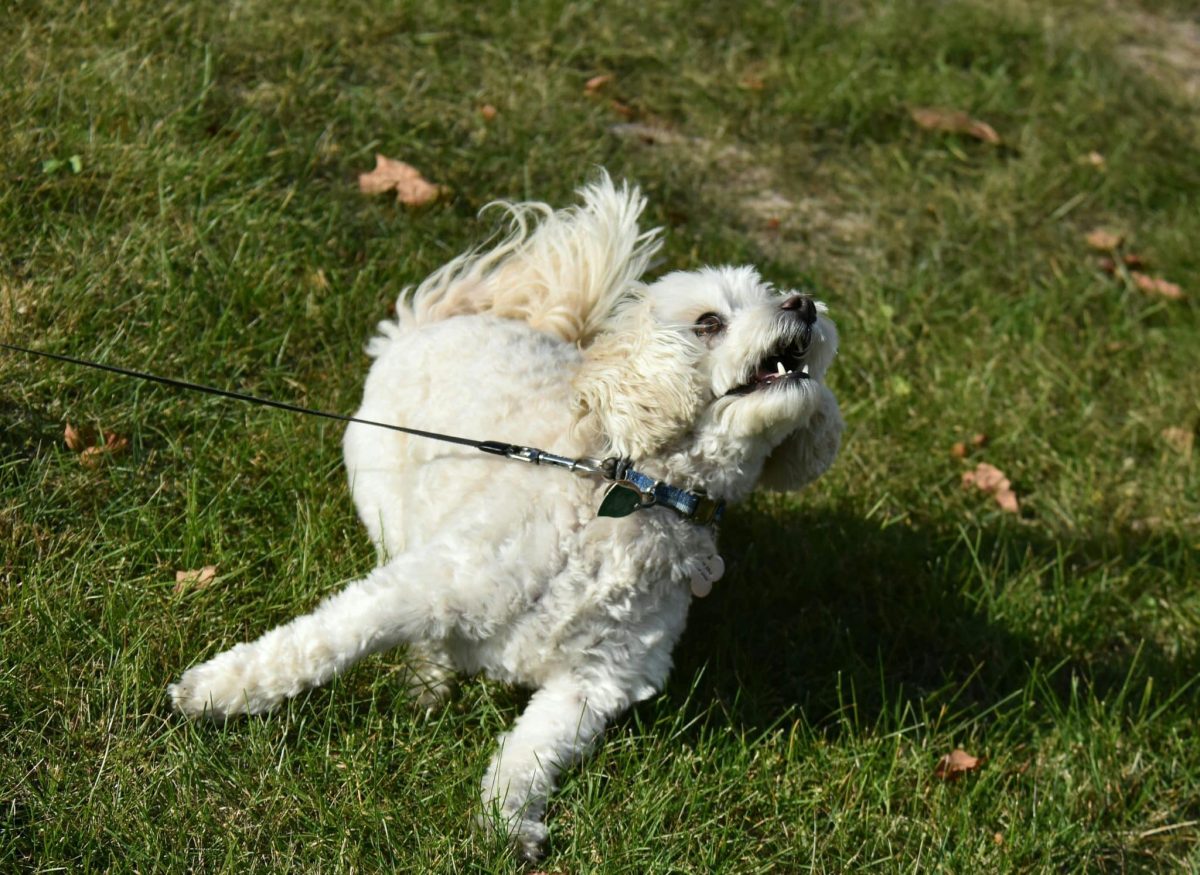

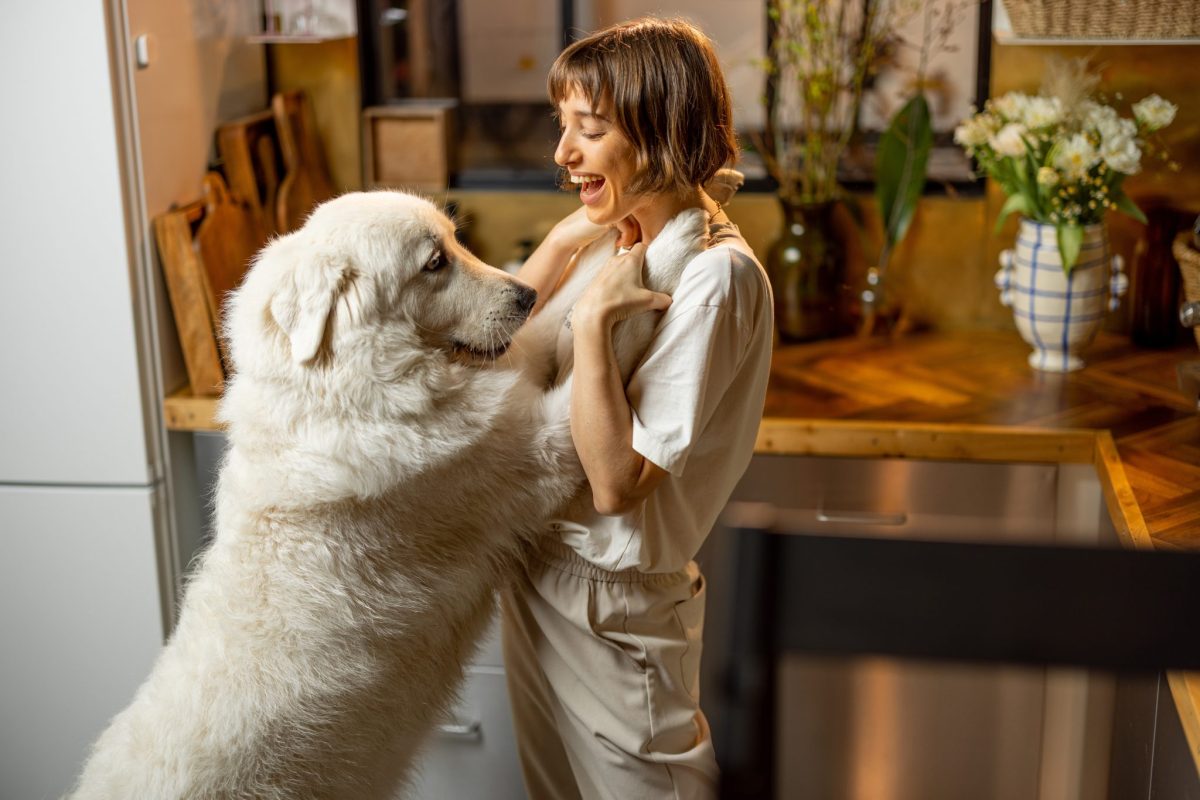

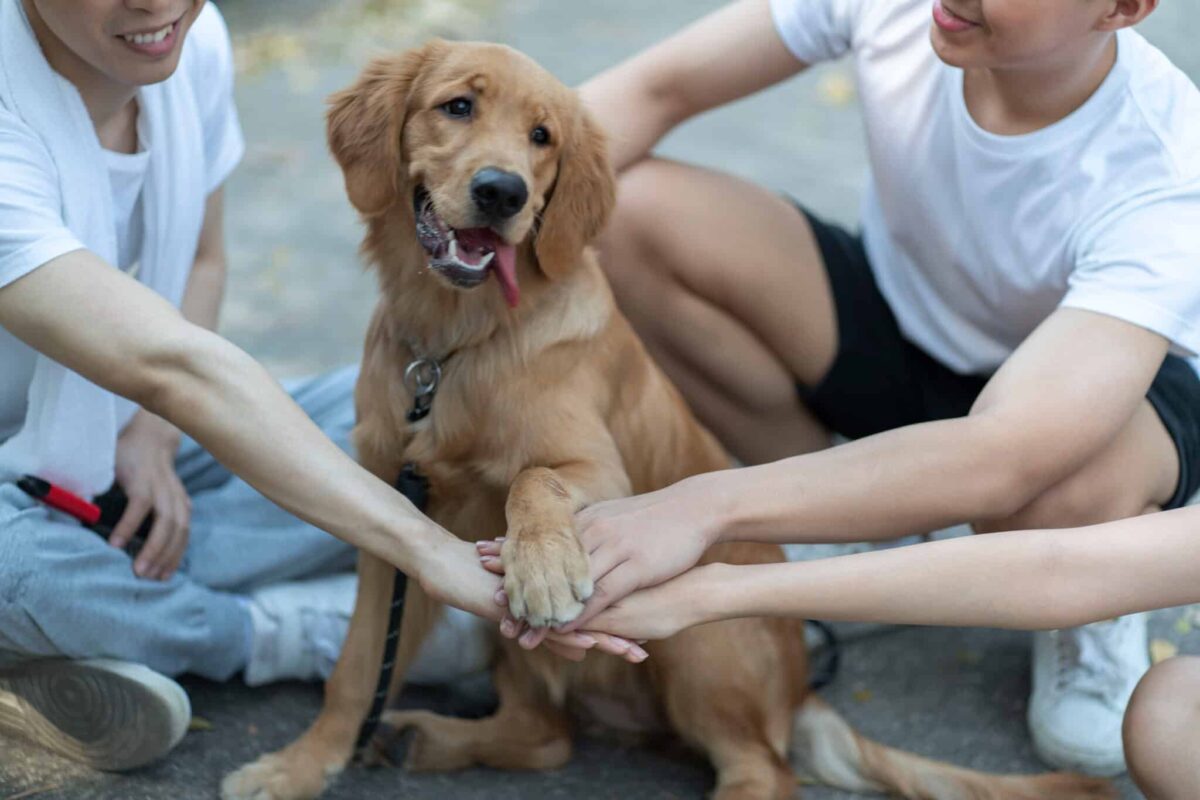
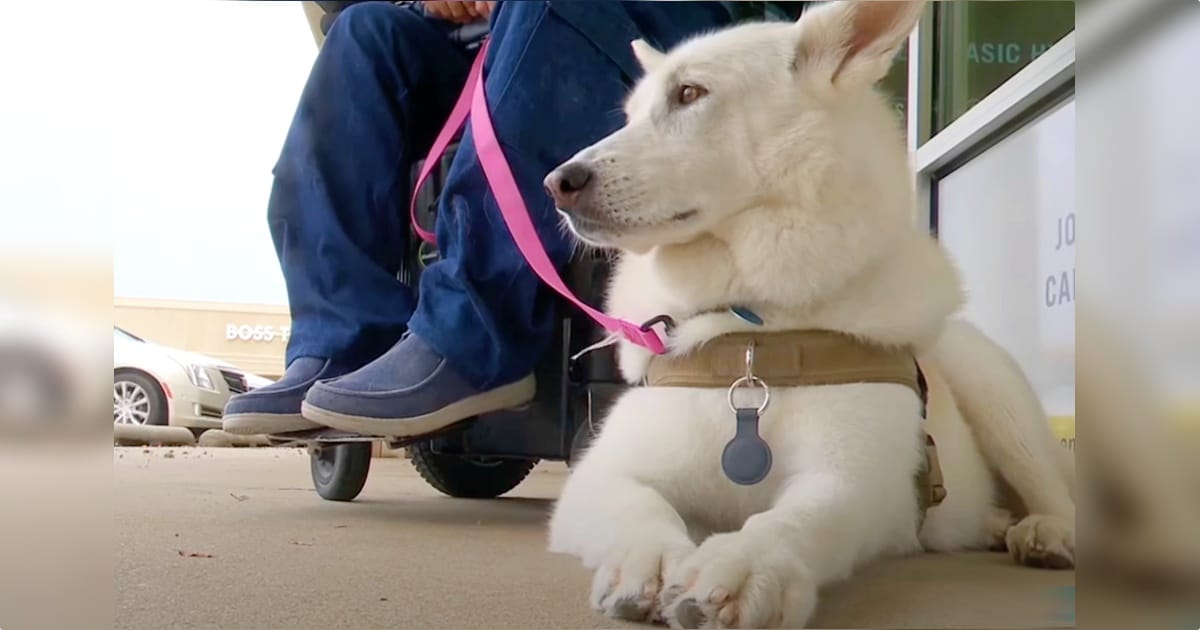
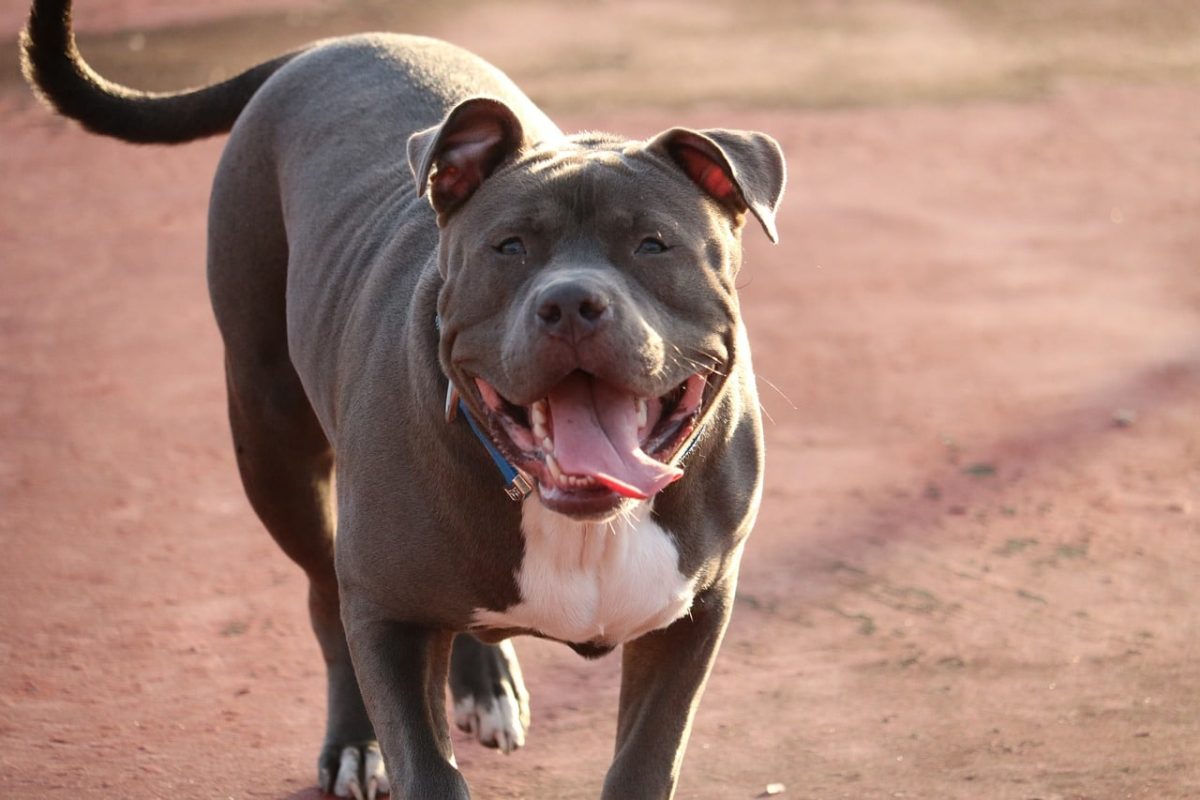
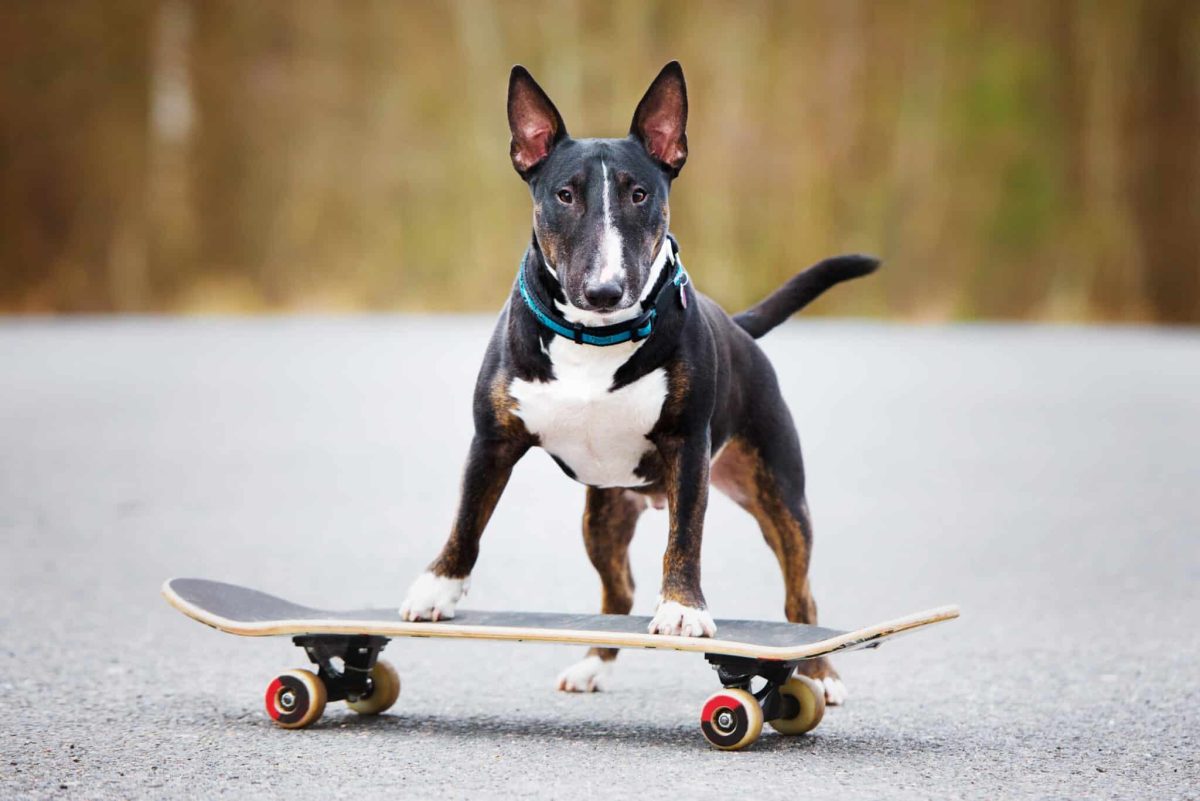



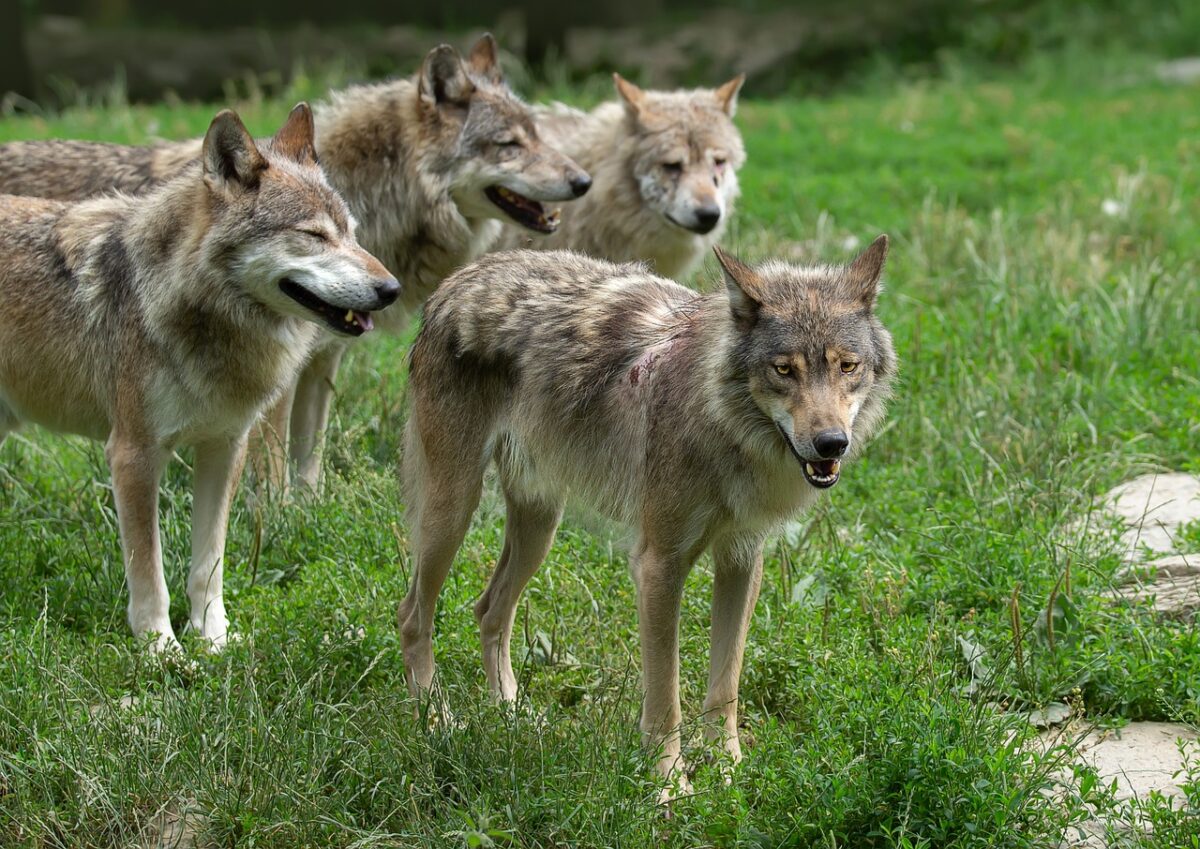
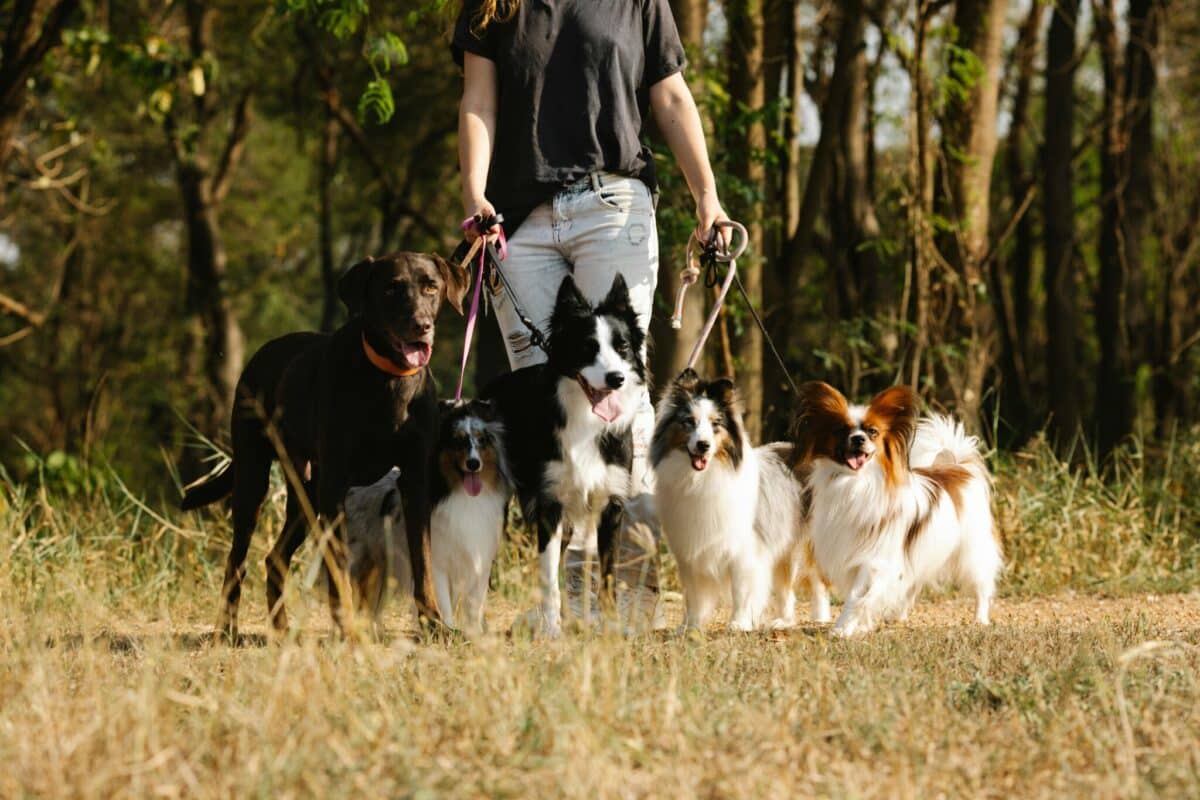



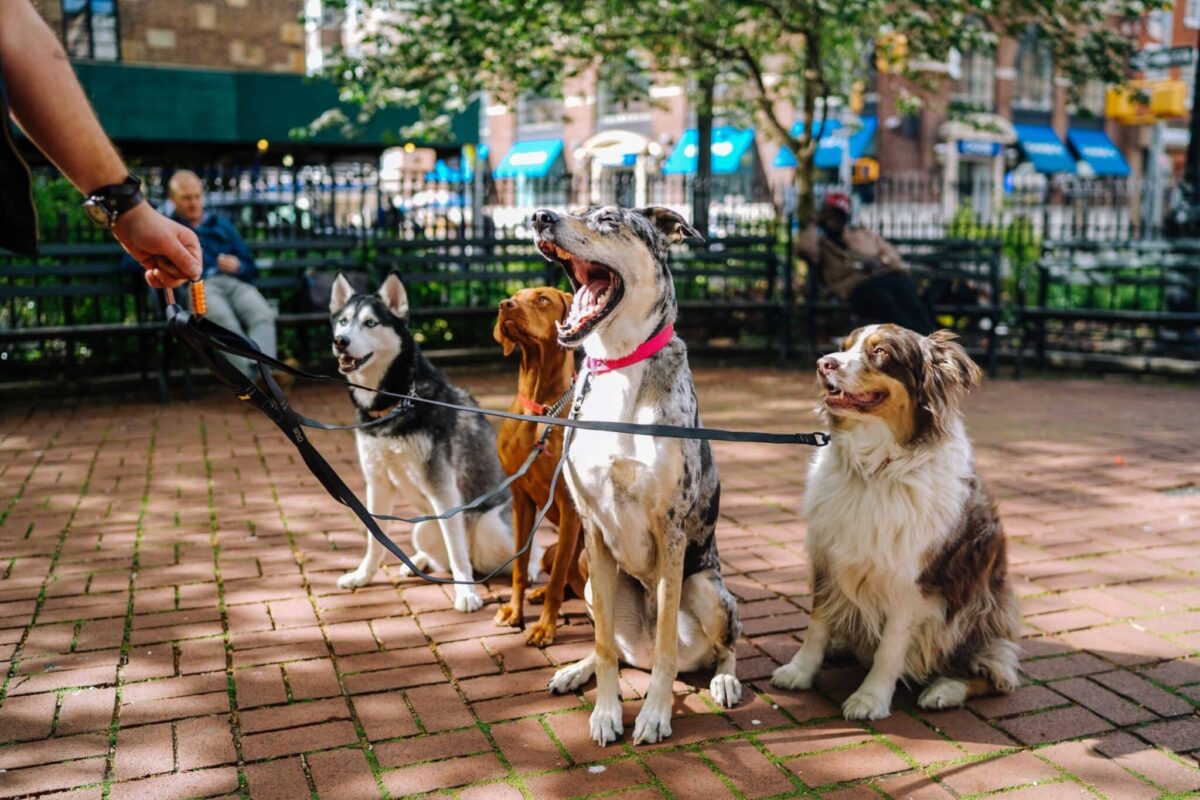

 English (US) ·
English (US) ·